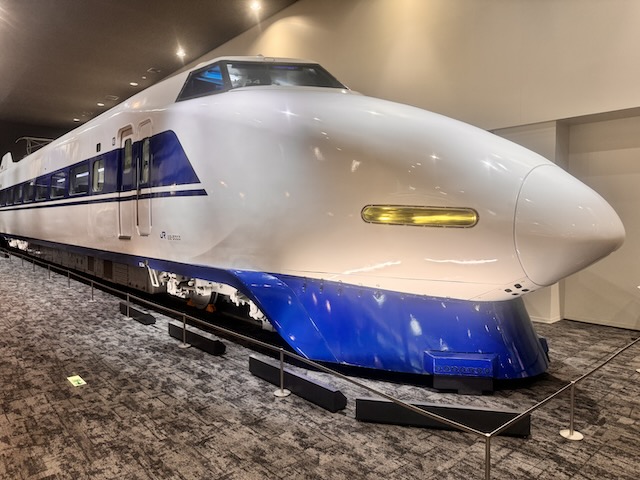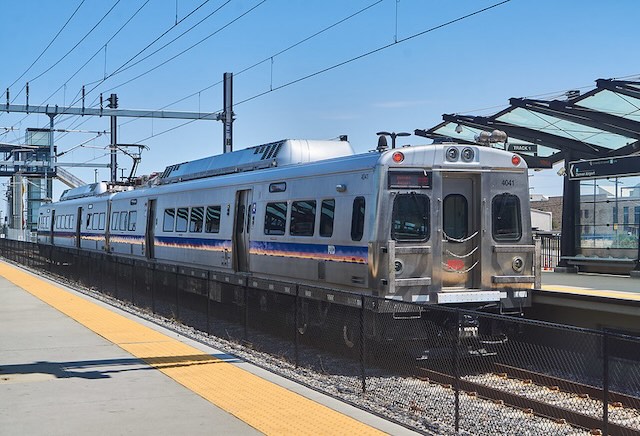Japan is known for many things, but two of them are the Shinkansen high-speed trains and the nation’s three Lost Decades of slow economic growth. Unfortunately, most tourists who go to Japan see the former and don’t see the latter and especially don’t see the connection between the two.
The distinctive noses of Japan’s first high-speed trains led people to call them bullet trains, a name that has endured even though later trains were shaped quite differently.
Yesterday’s 60th anniversary of the first revenue runs of the Shinkansen generated many laudatory articles about the trains. “Bullet trains changed the world of rail travel forever,” said CNN. The Guardian called it “The train that helped rebuild the idea of a country.” Continue reading









